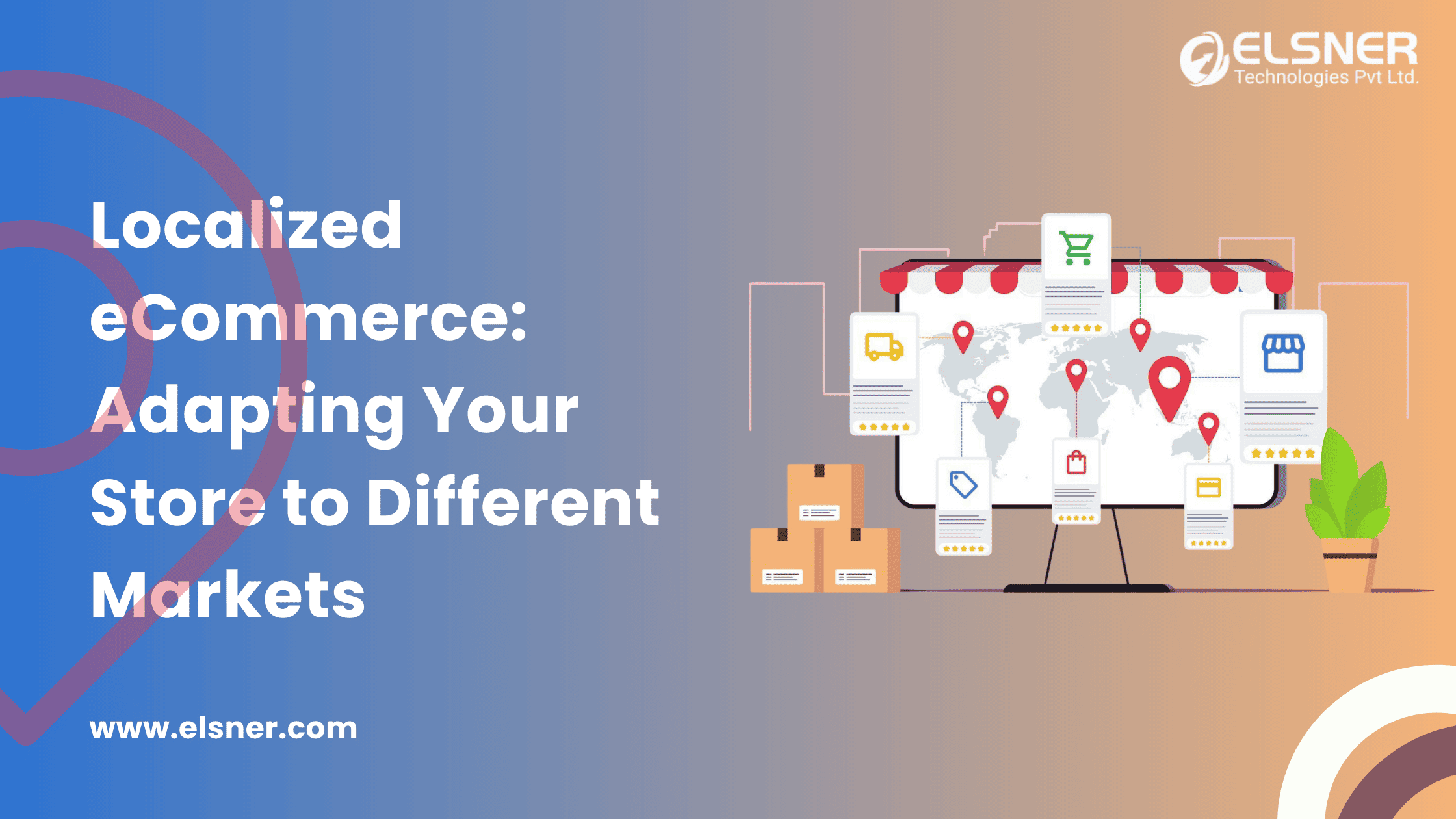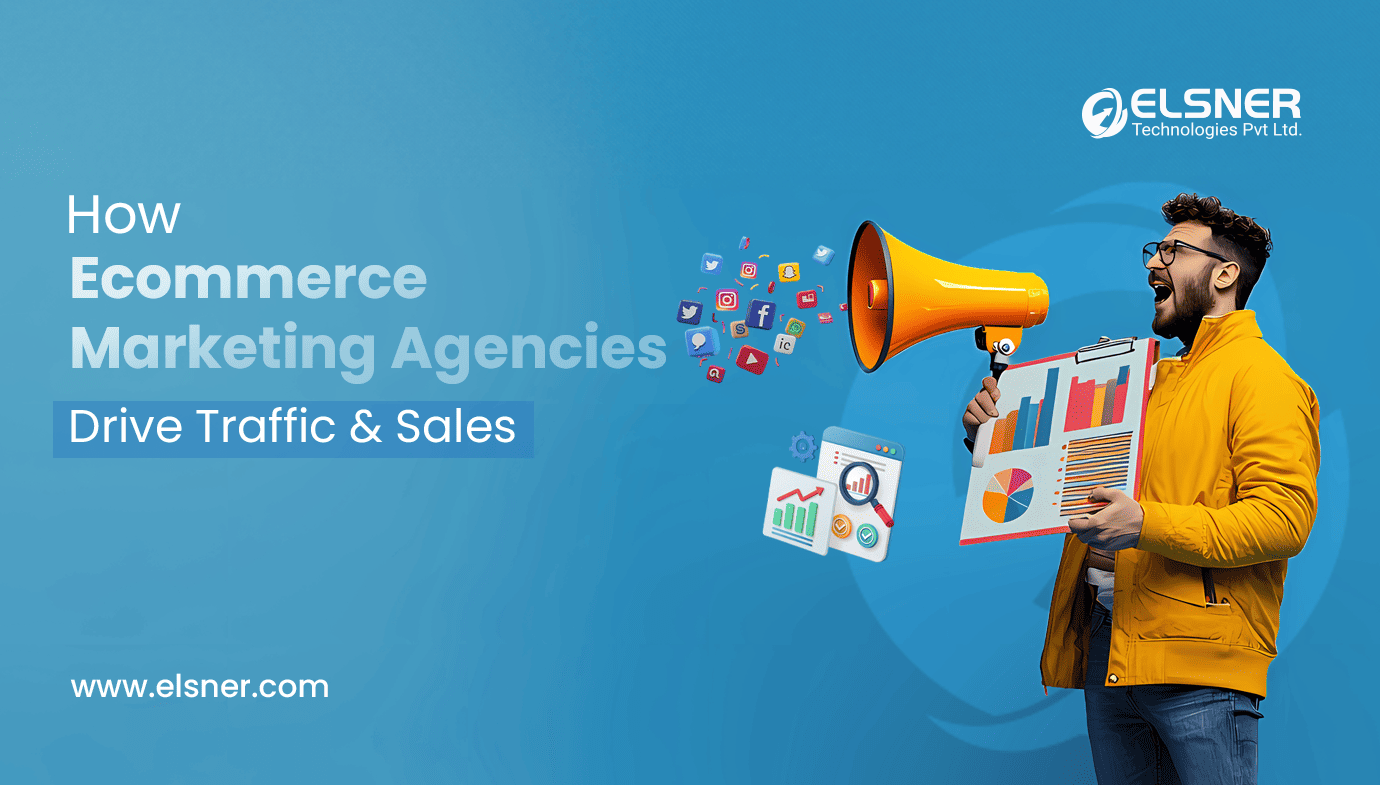- Why Is It Crucial To Uphold The Maintenance Of An E-commerce Store?
- 1. Ensuring a Smooth Customer Experience
- 2. Ensure Security
- 3. Search Engine Optimization (SEO)
- 4. Updating Content and Products
- 5. Performance and Loading Speed
- 6. Mobile Responsiveness
- Fundamental checklist for an Ecommerce website
- 1. Gain insights into your market and audience
- 2. Select Platform
- 3. Inventory Management
- 4. Harness the Power of Social Media & Marketing
- Conclusion
In the present era of technology, e-commerce has become an essential component of the business environment. With the convenience and accessibility it offers, more and more consumers are turning to online shopping. However, building a strong online presence for your digital store isn’t merely an option – it’s a must. Setting up your e-commerce shop is crucial, but maintaining its continued operation and effectiveness is just as vital. Choosing a reliable platform for creating your website is essential.
According to the report, mobile devices generated nearly 59% of global website traffic, and that’s not even including tablets. Additionally, 53% of consumers use their smartphones to shop. If your website takes more than 3 seconds to load, 40% of customers will abandon it and 39% of people stop engaging with your content when images aren’t loading. Thus, Your e-commerce site should smoothly combine useful features, attractive design, and easy-to-use navigation. The competition in the e-commerce sector is fierce and to thrive in this competitive environment, it is crucial to maintain your e-commerce store effectively.
So, in this blog post, we will discuss the advantages of effectively managing your ecommerce store and the potential consequences of neglecting its maintenance.
Why Is It Crucial To Uphold The Maintenance Of An E-commerce Store?
Let’s say, your store is attracting a substantial audience, and they seem interested in your website. If they encounter an unattractive design or encounter payment issues, they might not complete their transactions. This is why it’s essential to stay current with technology to ensure the smooth operation of your e-commerce website. Thus, maintenance is vital for the following reasons:
1. Ensuring a Smooth Customer Experience
One of the primary reasons for maintaining your e-commerce store is to provide customers with a seamless and enjoyable shopping experience. A well-maintained website loads quickly, is easy to navigate, and is free from technical glitches, broken links, or errors. If your site is slow, difficult to use, or prone to errors, potential customers are likely to abandon their shopping carts and look for alternatives. ensures that your website functions as intended, increasing the likelihood of converting visitors into customers.
2. Ensure Security
Security breaches and data leaks pose a big problem in the e-commerce industry. Customers often have to give out sensitive details, like their credit card information, which makes them susceptible to fraud and identity theft. Regular maintenance involves applying security updates and fixes to guard against the most recent risks. When you invest in security measures, you show your dedication to protecting your customers’ information, which helps in building trust and credibility.
3. Search Engine Optimization (SEO)
Search engines are vital for bringing in natural, unpaid traffic to your e-commerce shop. Keeping your website well-maintained ensures it stays in sync with the latest SEO guidelines. Consistently refreshing content, enhancing images, and ensuring accurate meta tags and descriptions can boost your site’s presence in search engine results. Neglecting SEO might lead to a decrease in rankings, reducing the chances of potential customers discovering your store.
4. Updating Content and Products
Keeping your audience engaged and well-informed relies on having up-to-date content. Constantly refreshing your product listings, blog articles, and other materials serves not only to maintain customer interest but also to keep you in a leading position compared to your competitors. Your store should consistently showcase the most recent products and trends, guaranteeing that customers always discover something fresh and captivating during their visits.
5. Performance and Loading Speed
The speed at which a website loads is a crucial element that directly influences both user experience and search engine optimization (SEO). Sluggish page loading can result in a significant number of visitors quickly leaving your site, potentially causing a detrimental impact on your search engine rankings.
Routine ecommerce store maintenance includes tasks such as image optimization, tidying up superfluous code, and employing content delivery networks (CDNs) to boost your website’s overall performance. A swift website not only satisfies its users but also secures higher rankings on search engines.
6. Mobile Responsiveness
As the prevalence of mobile devices in online shopping continues to rise, it becomes increasingly crucial to guarantee the mobile-friendliness of your e-commerce store. Consistent upkeep should encompass the examination and enhancement of your website to accommodate a diverse range of screen sizes and devices. Implementing mobile-responsive design is a key factor in ensuring that customers can effortlessly navigate and complete purchases, regardless of the specific device they choose to use.
Fundamental checklist for an Ecommerce website
When creating an e-commerce website, it’s essential to pay attention to certain criterias that significantly influence its functionality.
1. Gain insights into your market and audience
Start by comprehending your target audience. Recognizing their desires and requirements is paramount because your website is designed to cater to them. Utilize various approaches to capture their interest, such as through social media and email marketing. This will offer valuable insights into their preferences, expectations, behaviors, buying habits, and demographics.
2. Select Platform
Thoroughly evaluate the platform on which your online store operates. Conduct research to identify the most suitable platform that aligns with your business needs and requirements. If you use platforms like Shopify, Big Commerce, Magento, or WooCommerce, ensure that your store is fine-tuned with the latest customization features, secure payment gateways, efficient inventory management, and scalability. Additionally, verify that the platform aligns with your long-term vision and offers all the essential ecommerce website development services.
3. Inventory Management
Ensuring precise inventory management is essential for e-commerce enterprises. Ongoing upkeep includes tasks like updating product availability, removing items that are no longer in stock, and incorporating new products into your catalog. This practice prevents customers from placing orders for items that are unavailable and ensures the precision of your product listings.
4. Harness the Power of Social Media & Marketing
Utilize the extensive outreach of social media to enhance your brand’s visibility. Incorporate social media buttons on your website to facilitate seamless product sharing across various platforms. Additionally, employ social media channels to promote your products and services, attracting immediate attention through strategies such as email marketing and partnerships with influencers.
Conclusion
In the competitive e-commerce scene, maintaining your online store is crucial. Consistent upkeep ensures a smooth customer experience, builds trust, boosts SEO, and keeps your store current. Neglecting maintenance risks losing customers, security issues, and lower search engine visibility. Prioritize ongoing store maintenance for sustained relevance and success in e-commerce. Your customers and financial performance will thank you.
In the end, Elsner Technologies Business analysts provide hands-on experience and expertise to their customer’s requirements and work with both Agile and interactive development processes.They give the project’s details, necessary documents, requirement analysis, tech guidance, and project flow to the development team, customers, and stakeholders.

About Author
Pankaj Sakariya - Delivery Manager
Pankaj is a results-driven professional with a track record of successfully managing high-impact projects. His ability to balance client expectations with operational excellence makes him an invaluable asset. Pankaj is committed to ensuring smooth delivery and exceeding client expectations, with a strong focus on quality and team collaboration.




